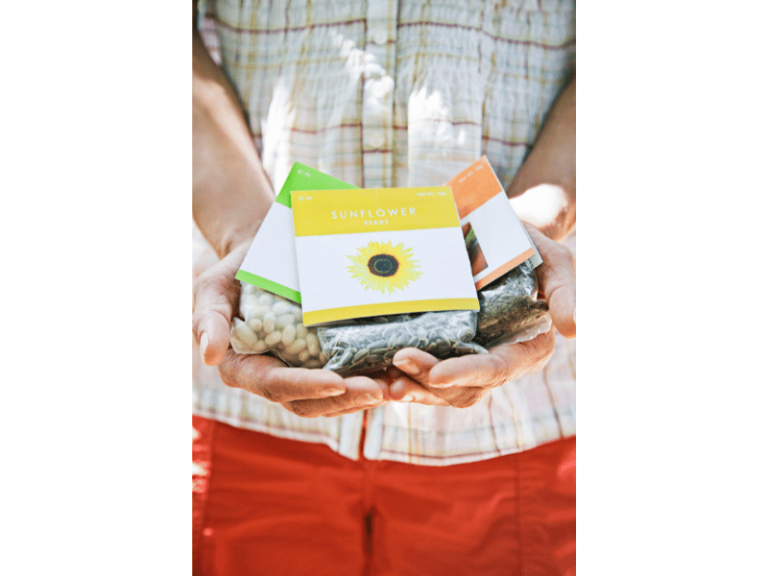Seeds also have life. Some seeds have a long lifespan; for example, lotus seeds can germinate and grow roots even after several years, or even hundreds or thousands of years. Other seeds have shorter lifespans; for instance, soybeans, tomatoes, and sunflowers can only remain viable for two to three years, while seeds of beans, cucumbers, and cabbage can last from three to six years. Castor beans can last for two years, chili peppers for one year, and cocoa seeds can only remain viable for 35 hours.
For seeds to germinate, three conditions are necessary—adequate temperature, sufficient air, and moisture. If any of these conditions are lacking, seeds cannot germinate properly. Therefore, seeds should be stored properly using one of three methods: firstly, storing them at around zero degrees Celsius; secondly, storing them in a vacuum or an oxygen-deprived environment; thirdly, storing them in a dry place lacking in moisture.
Naturally, among these methods, the third one is the simplest and easiest to achieve. Therefore, people commonly store seeds in dry places, inducing seed dormancy.
Once seeds absorb water, they swell. At this point, the cells of the seed become hydrated, resuming metabolic activity significantly. Enzymes like amylase begin to break down starch into glucose. Through cellular respiration, glucose oxidizes into carbon dioxide and water, generating a large amount of energy to sustain the seed’s cells for life maintenance and reproduction. Consequently, the seed quickly germinates, grows into a seedling, and develops young roots.

